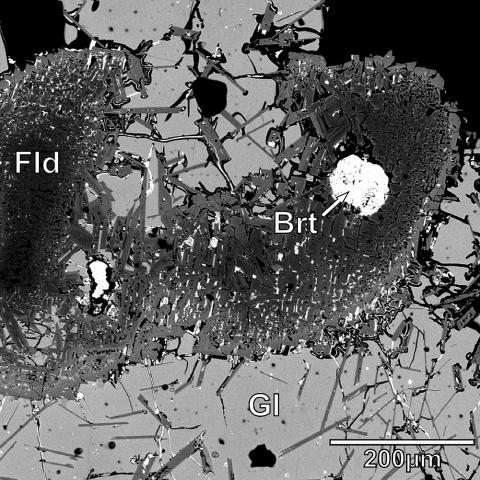Revealing the surface pattern of medieval pattern welded iron objects – etching tests conducted on reconstructed composites
Pattern welding is a forging technique used for making and employing laminate composites that reveal a surface pattern after polishing and etching. The technique was widely used within the period of the late 2nd to the 14th century AD in the manufacture of ostentatious swords, scramasaxes, knives and spear-heads. Although pattern welding derived from piling wrought iron and steel together, deliberately created surface patterns were, since the 2nd century at the latest, revealed by composites employing phosphoric iron as the basic constituent.
As the readability of the patterned surfaces is significantly enhanced by etching, one can assume that historical pattern welded objects were somehow etched. Hence, the basic question arises: which material combination and what etching parameters lead to the most contrasting and visible pattern? Another important question is: how can archaeometallurgists and conservator-restorers reveal surviving pattern welded elements of archaeologically excavated iron objects without a risk of misinterpretation and destabilization of the objects studied?
In an attempt to answer these questions, samples detached from patterned welded rods combining phosphoric iron, wrought iron and steel were ground and etched using six different acids (which could be available in the 2nd–14th centuries) under various conditions concerning acid concentration, temperature and etching time. The etching test revealed that the most visible pattern appears in the case of composites combining phosphoric iron and tempered steel, when hydrochloric acid is applied as etchant. When concerned parts of archaeological iron objects are subjected to etching, applying a weak solution of nitric acid in gradually increased concentration or temperature seems to be the most convenient method for the particular purpose.

